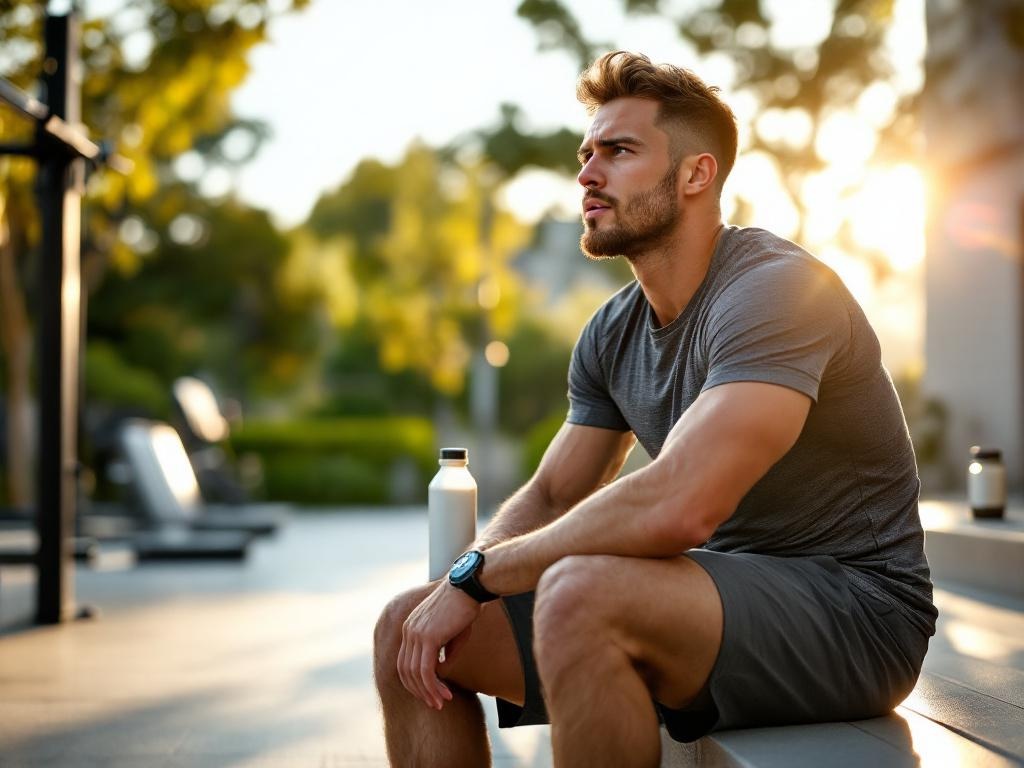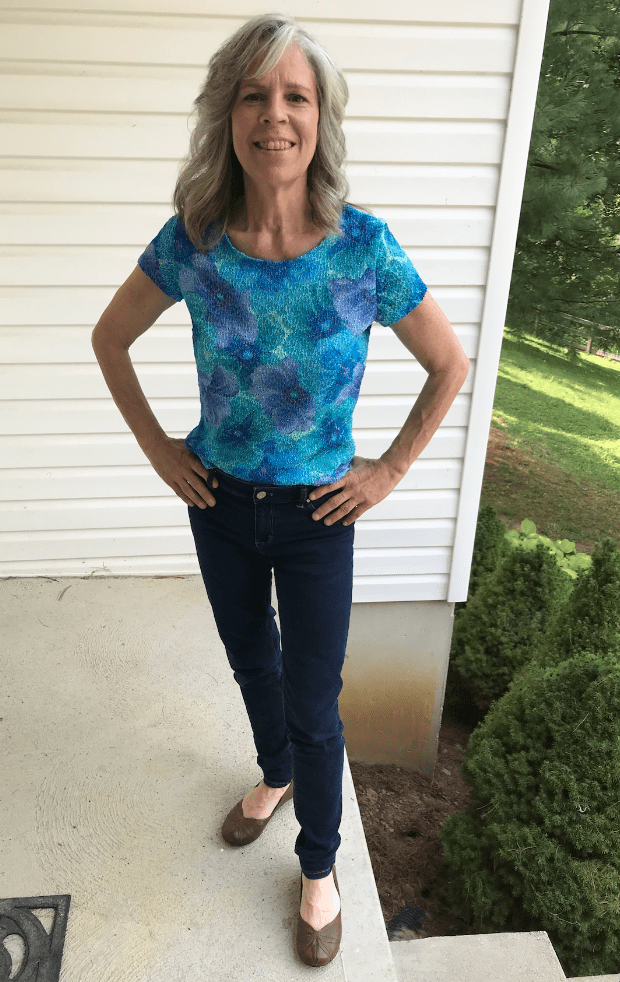
For athletes pushing their bodies to the limit, the struggle between peak performance and natural recovery presents a constant challenge. The relentless cycle of training, competing, and recovering often leads to persistent fatigue, muscle soreness, and diminished performance over time. While synthetic performance enhancers and pharmaceutical interventions offer quick fixes, many athletes seek natural alternatives that work with their body’s inherent healing mechanisms rather than against them.
Enter adaptogens—ancient herbs that modern science is validating as powerful allies in the athletic journey. Among these botanical powerhouses, Rhodiola rosea and Panax ginseng stand out for their scientifically-documented ability to enhance recovery and performance naturally. Recent research reveals these herbs don’t just mask symptoms; they address the cellular-level stress responses that underlie exercise-induced fatigue and inflammation.
The Science of Adaptogens: How They Work at the Cellular Level
Adaptogens represent a unique class of herbs that help the body adapt to physical, chemical, and biological stressors. Unlike stimulants that force temporary energy bursts, adaptogens work by modulating the hypothalamic-pituitary-adrenal (HPA) axis—the body’s central stress response system. This modulation helps maintain homeostasis during intense physical demands.
At the cellular level, adaptogens influence several key pathways. They regulate stress hormone production, enhance mitochondrial energy production, and activate protective stress proteins. Most importantly for athletes, adaptogens boost the body’s antioxidant defense systems, helping neutralize the oxidative damage that accumulates during intense training.
Rhodiola rosea contains active compounds called rosavins and salidroside, while Panax ginseng’s power comes from ginsenosides. These bioactive molecules interact with cellular receptors and signaling pathways to enhance the body’s resilience to exercise stress. Research indicates these compounds can modulate inflammatory cytokines, improve oxygen utilization, and accelerate the clearance of metabolic waste products like lactate.
Clinical Evidence: What the Research Shows for Athletes
The scientific validation of adaptogens for athletic performance has grown substantially in recent years. A comprehensive review published in Frontiers in Nutrition found that most studies reported positive effects of Rhodiola rosea (RR) supplementation on athletic ability and sports performance, with no obvious adverse reactions reported[1]. The same analysis revealed that subjects taking RR showed a reduction in pain and muscle damage after exercise training, and enhanced antioxidant capacity thereby potentially reducing oxidative stress[1].
Rhodiola’s Performance Benefits
Research published in the British Journal of Sports Nutrition provides specific dosing insights, indicating that acute RR supplementation (approximately 200 mg RR containing ~1% salidroside and ~3% rosavin, provided 60 minutes before exercise) may prolong time-to-exhaustion and improve time trial performance in recreationally active males and females[2]. For those seeking strength gains, recent trials providing higher doses (~1500 to 2400 mg RR/d for 4–30 days) have demonstrated potential ergogenic effects during sprints on bicycle ergometers and resistance training in trained and untrained adults[2].
A 2024 study validated these strength benefits, finding that RR supplementation was significantly superior to placebo on strength performance in the control video condition during some sets, as it increased the number of repetitions performed in the bench press and the fastest velocity in the bench pull[4]. These results suggest that short-term RR supplementation appears to be safe and may provide its main ergogenic effects on physical performance rather than in visuo-cognitive or mental outcomes[4].
Ginseng’s Recovery Acceleration
Panax ginseng demonstrates equally impressive benefits for athletic recovery. A recent meta-analysis in the Antioxidants journal highlighted its multi-faceted effects, noting evidence that shows its anti-inflammatory, liver-protective, and immune system-boosting effects[3]. In addition, there are also indications of anticancer, antiviral, immunomodulatory, antioxidant properties, and cardiovascular protection[3]. These mechanisms may translate to athletic benefits, with studies showing significant increases in exercise time to exhaustion and VO2 max after supplementation[3].
The recovery benefits become particularly evident in muscle force restoration. Research found that maximal isometric voluntary contraction (MIVC) remained reduced 48 hours after exercise in the placebo group but returned to baseline 24 hours after exercise in the Panax ginseng group[6]. This accelerated recovery coincided with reduced perceived exertion, as Panax ginseng appeared to attenuate rating of perceived exertion (RPE) and increased EMG during sets of eccentric-based exercise[6].
The Oxidative Stress Connection: A Deeper Understanding
Exercise-induced oxidative stress represents a fundamental challenge in athletic performance. During intense physical activity, oxygen consumption can increase up to 20-fold, generating reactive oxygen species (ROS) that damage cellular structures. While some ROS production serves beneficial signaling functions, excessive oxidative stress impairs muscle function, delays recovery, and contributes to overtraining syndrome.
This is where molecular hydrogen therapy emerges as a complementary approach. Research published in Frontiers in Physiology explains that molecular hydrogen (H₂) is suggested as a healthy and safe gas with potential antioxidant effects[9]. In addition to its antioxidant properties, H₂ has been found to have anti-inflammatory properties, antiapoptotic properties, and properties that may modulate signal transduction and gene expression[9].
The synergy between adaptogens and molecular hydrogen becomes clear when examining their complementary mechanisms. While adaptogens enhance the body’s endogenous antioxidant systems and stress response, molecular hydrogen therapy supports the body’s natural healing safely and effectively. Studies demonstrate that H2 can selectively reduce certain harmful radicals while preserving important ROS for normal cellular signaling[10], making it an ideal partner for adaptogenic herbs.
Athletes using hydrogen therapy have shown measurable improvements in recovery markers. Research with elite athletes found that hydrogen-rich water (HRW) compared to placebo reduced blood activity of creatine kinase (156 ± 63 vs. 190 ± 64 U.L−1, p = 0.043) and muscle soreness perception[11]. The study concluded that four days of HRW supplementation may be a promising hydration strategy for potentially promoting muscle recovery after strenuous training[11].
Practical Implementation: Evidence-Based Protocols
Rhodiola Dosing Strategies
For endurance performance, research supports taking approximately 200 mg of standardized Rhodiola extract (containing 1% salidroside and 3% rosavin) 60 minutes before exercise[2]. Athletes focused on strength and power may benefit from higher doses of 1500-2400 mg daily for 4-30 days[2].
Ginseng Timing and Dosage
Studies showing accelerated muscle force recovery used Panax ginseng supplementation protocols that varied in dosage but consistently demonstrated benefits when taken regularly rather than acutely[6]. Meta-analyses support daily supplementation for potential cumulative anti-fatigue effects[7].
Synergistic Enhancement with Molecular Hydrogen
Emerging research reveals how combining approaches may amplify benefits. A 2024 study found that the rhodiola plus caffeine group demonstrated significantly greater effects compared to the use of rhodiola or caffeine individually in muscle endurance and explosiveness[8], suggesting that strategic combinations may enhance outcomes.
For athletes incorporating molecular hydrogen therapy through devices like the Lourdes Hydrofix Premium Edition, the lab-tested certification validates purity and safety. Holy Hydrogen’s medical-grade hydrogen technology with 99.9995% pure hydrogen helps naturally reduce inflammation and support cellular health and energy.
Integration Timeline
Research indicates that acute Rhodiola supplementation may provide immediate endurance benefits, while chronic supplementation appears to enhance strength and recovery markers[5]. Ginseng’s effects appear more cumulative, with studies showing progressive improvements over weeks of consistent use[7]. Molecular hydrogen demonstrates both acute recovery benefits and potential cumulative antioxidant effects with regular use[9].
The Future of Natural Performance Enhancement
The convergence of ancient wisdom and modern science continues to validate natural approaches to athletic performance. As research expands, the evidence supporting adaptogens and complementary therapies like molecular hydrogen grows stronger. Athletes no longer need to choose between natural approaches and scientific validation—the two now align.
The shift toward evidence-based natural performance enhancement reflects a broader understanding of human physiology. Rather than overwhelming the body with synthetic compounds, these approaches work with innate healing and adaptation mechanisms. This paradigm shift promises not just better performance, but sustainable athletic longevity.
For athletes seeking to optimize their recovery and performance naturally, the combination of adaptogens and molecular hydrogen therapy represents a scientifically-grounded approach that may address both the symptoms and root causes of exercise-induced stress. As research continues to unveil the mechanisms behind these natural therapies, their role in athletic performance will likely become more refined and targeted.
Medical Disclaimer: These statements have not been evaluated by the FDA. Holy Hydrogen does not make any medical claims or give any medical advice. The information provided is for educational purposes only and should not replace consultation with qualified healthcare professionals.
Ready to explore how oxidative stress impacts athletic recovery? Discover the latest research on natural performance enhancement strategies and take the first step toward optimizing the body’s innate recovery mechanisms.
References
[1] https://www.frontiersin.org/journals/nutrition/articles/10.3389/fnut.2022.856287/full
[2] https://pmc.ncbi.nlm.nih.gov/articles/PMC10784128/
[3] https://pmc.ncbi.nlm.nih.gov/articles/PMC11761553/
[4] https://pubmed.ncbi.nlm.nih.gov/40289957/
[5] https://pubmed.ncbi.nlm.nih.gov/37495266/
[6] https://pubmed.ncbi.nlm.nih.gov/32379240/
[7] https://pmc.ncbi.nlm.nih.gov/articles/PMC9239648/
[8] https://www.frontiersin.org/journals/nutrition/articles/10.3389/fnut.2024.1335950/full
[9] https://pmc.ncbi.nlm.nih.gov/articles/PMC11046232/
[10] https://www.frontiersin.org/journals/nutrition/articles/10.3389/fnut.2024.1328705/full
[11] https://pmc.ncbi.nlm.nih.gov/articles/PMC11046232/
The Creator of the Lourdes Hydrofix Story: Birth of a Miracle
When Takashi Hida's (creator of the Lourdes Hydrofix) daughter was born with Spinal Muscular Atrophy (SMA)—a devastating disease with a bleak prognosis—he faced a life-altering crisis. The condition, also known as Werdnig-Hoffmann disease, threatened to take her life within mere months and left Hida desperate to find a way to ease her suffering.

Disclaimer:
These statements have not been evaluated by the Food and Drug Administration (FDA). Holy Hydrogen products are not intended to diagnose, treat, cure, or prevent any disease. The information provided is for educational purposes only and is not a substitute for professional medical advice. Please consult your healthcare provider before beginning any new wellness regimen.
Any testimonials featured on this page reflect the real-life experiences and opinions of individual customers. However, individual results may vary.






